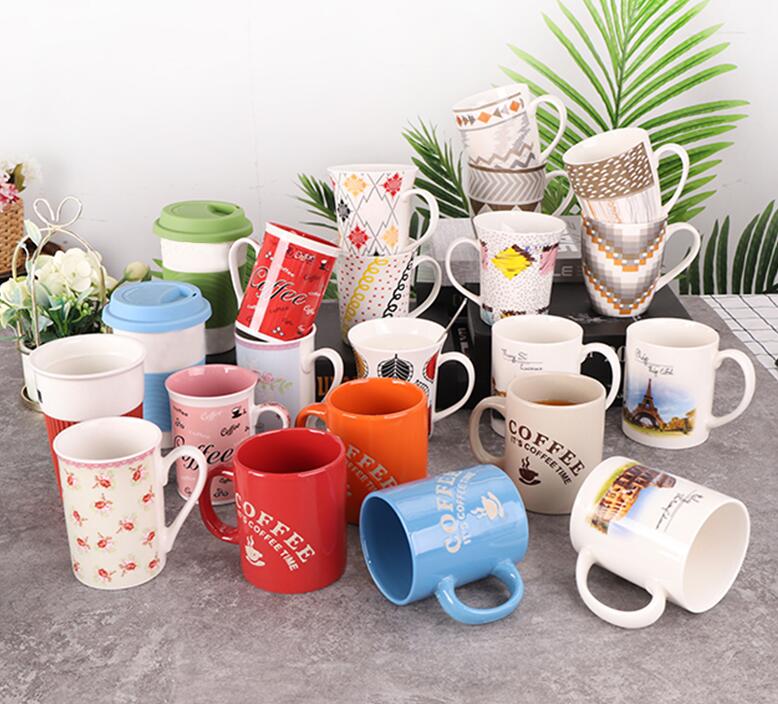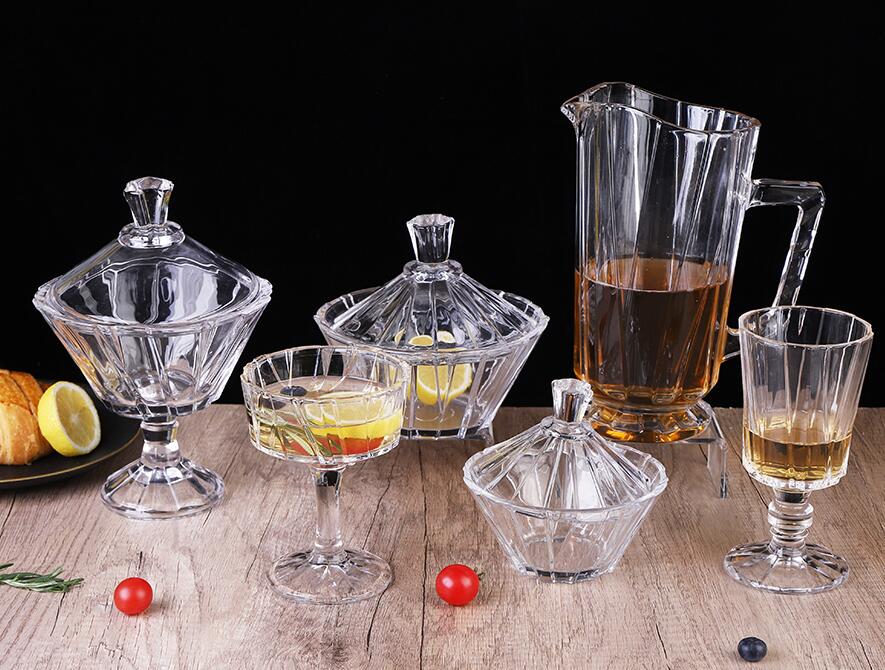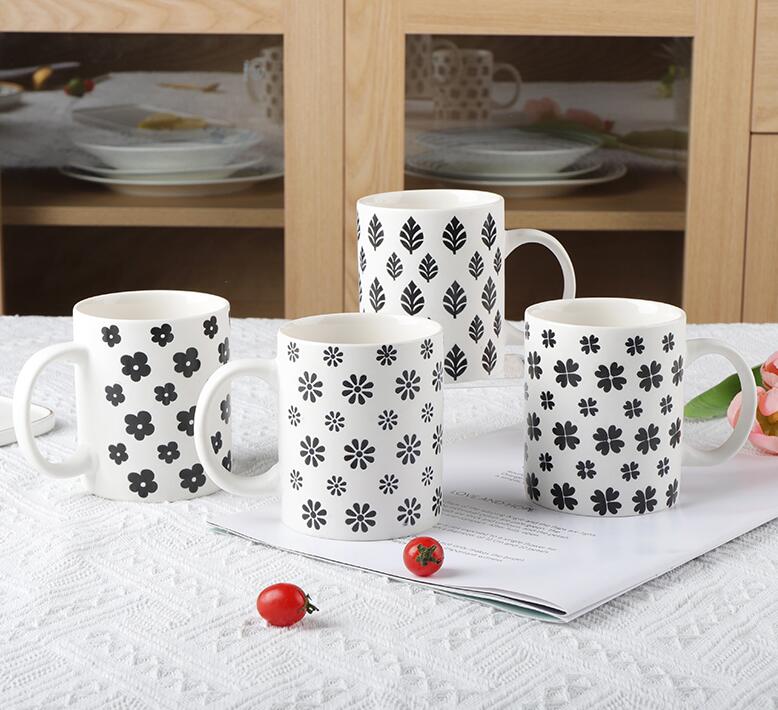Pulished on May. 24, 2023
Introduction:
Glass cups and ceramic cups are two popular choices when it comes to enjoying beverages. Both materials have their unique qualities and appeal to different individuals based on their preferences. In this article, we will delve into the distinctive characteristics of glass cups and ceramic cups, highlighting their differences to help you make an informed choice.

1.Material Composition:
Glass cups are made primarily from silica, a key component found in sand. Other additives are often used to modify the properties of the glass, such as boron oxide for added durability or lead oxide for crystal clarity. Glass cups can be transparent or colored, depending on the manufacturing process.
Ceramic cups are crafted from clay, which is fired at high temperatures. The clay used can vary, including earthenware, stoneware, or porcelain. Ceramic cups are typically glazed to enhance their appearance and durability. Glazes can be glossy or matte, and they come in a wide range of colors.
2.Thermal Properties:
Glass is known for its excellent thermal conductivity, meaning it quickly adjusts to the temperature of the beverage poured into it. Glass cups are suitable for both hot and cold drinks, as they don't retain heat or coldness for an extended period. Additionally, glass cups are transparent, allowing you to appreciate the color and presentation of the beverage.
Ceramic cups have lower thermal conductivity compared to glass. Once heated, ceramic cups tend to retain heat for a more extended period, making them ideal for enjoying hot beverages like coffee or tea. The exterior of ceramic cups remains relatively cool to the touch, preventing accidental burns.

3.Durability:
Glass cups are relatively fragile and prone to breakage if mishandled or dropped. However, with proper care, they can last a long time. Certain types of glass, such as tempered glass, are more resistant to thermal shock and are less likely to shatter when exposed to sudden temperature changes.
Ceramic cups are generally more durable than glass cups. They can withstand moderate impacts and are less likely to break if accidentally dropped. However, ceramic cups can chip or crack if subjected to significant force. The longevity of ceramic cups also depends on the quality of the glaze used.
4.Maintenance and Care:
Glass cups are relatively easy to clean due to their non-porous surface. They can be washed by hand or in a dishwasher. Glass cups are also less likely to retain stains and odors from beverages.

Ceramic cups require a bit more care when it comes to cleaning. While most glazed ceramic cups are dishwasher-safe, handwashing is often recommended to maintain the longevity of the glaze. Certain stains and odors may be absorbed by the porous surface of unglazed ceramic cups over time.
Conclusion:
Glass cups and ceramic cups each offer distinct advantages depending on personal preferences and intended use. Glass cups excel in their thermal conductivity, transparency, and ease of cleaning, while ceramic cups are renowned for their heat retention, durability, and aesthetic appeal. Consider your priorities and needs to select the type of cup that best suits your preferences and enhances your beverage experience.